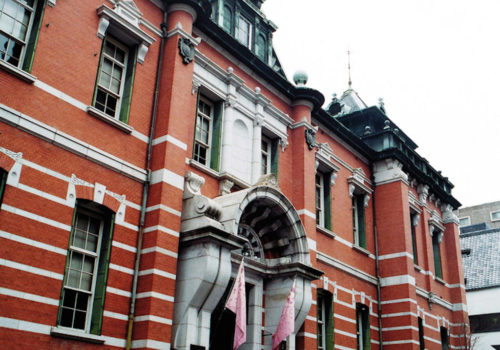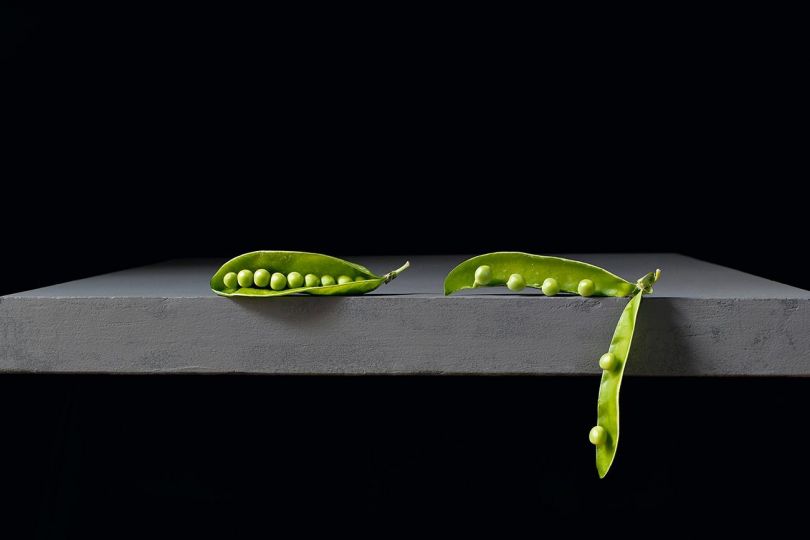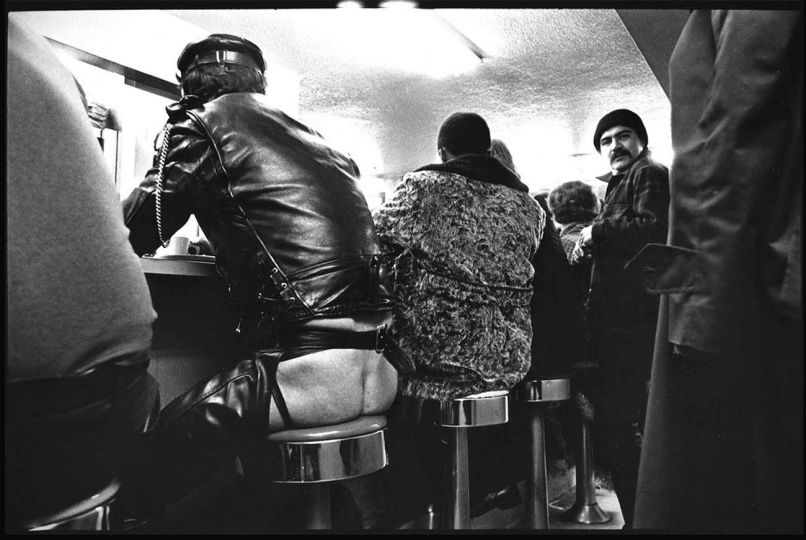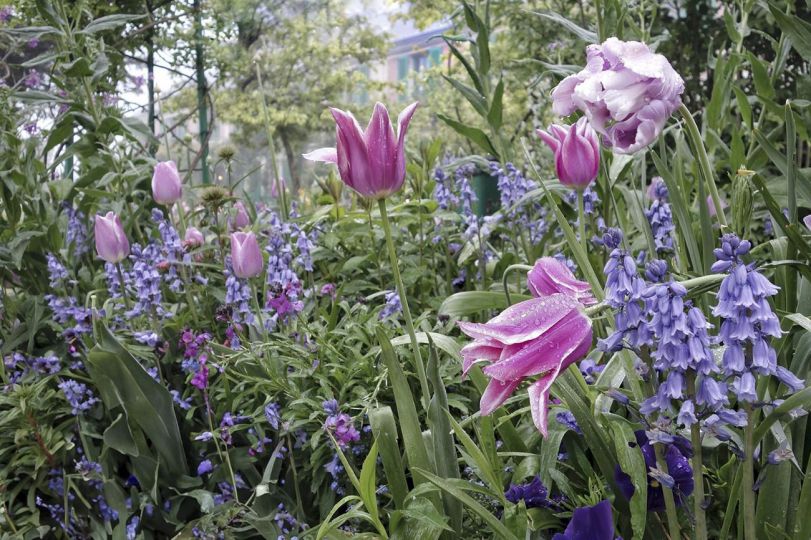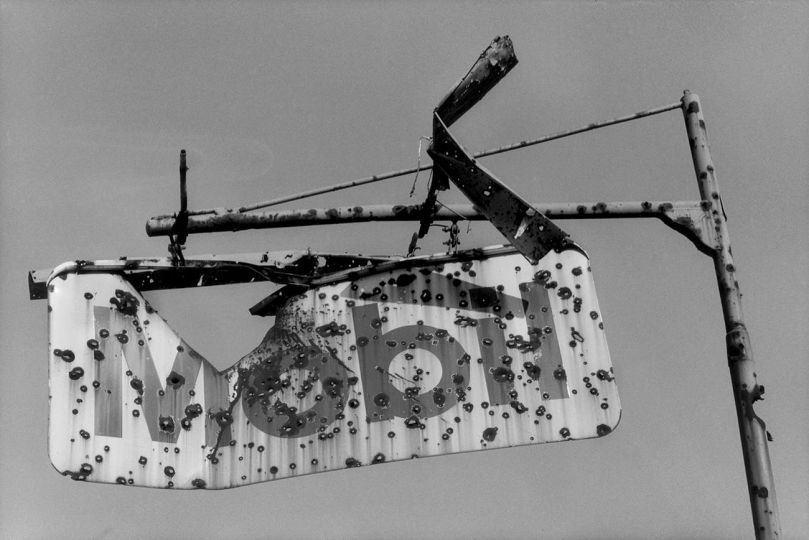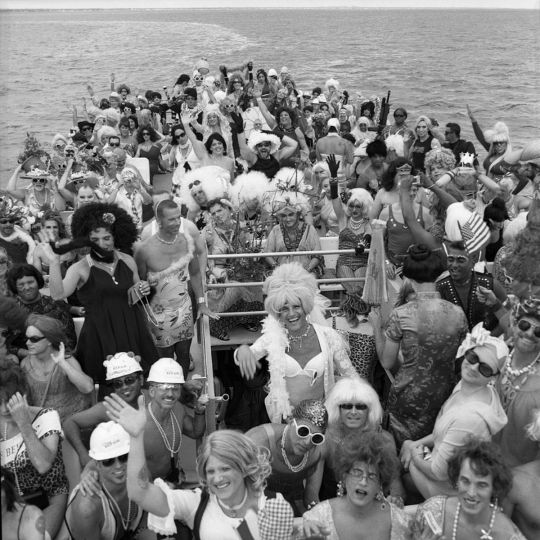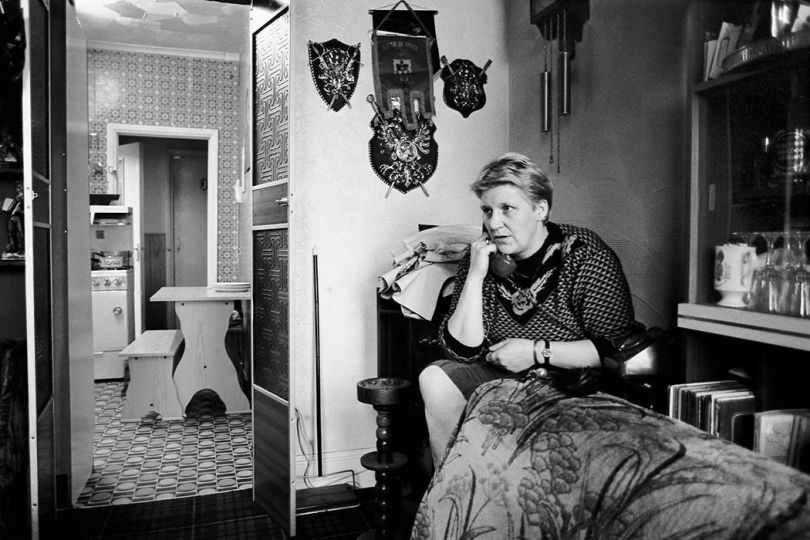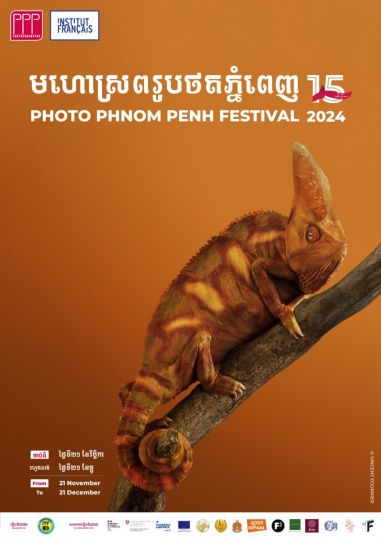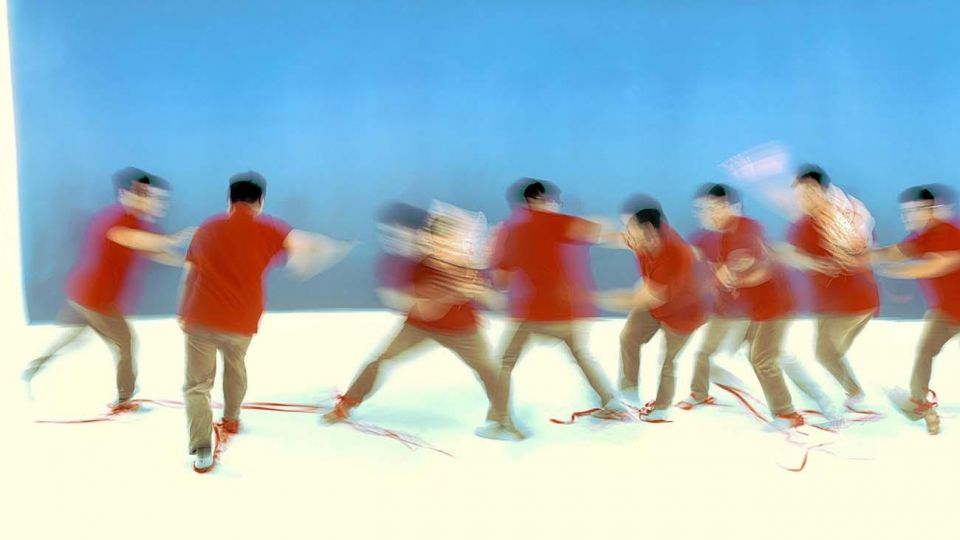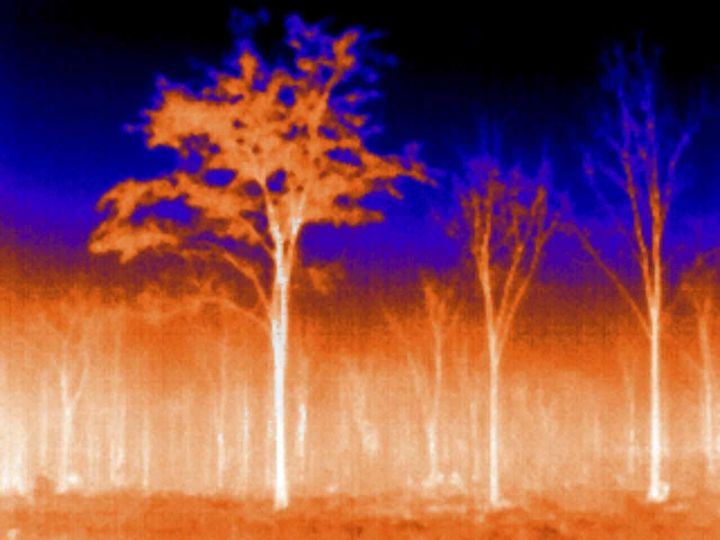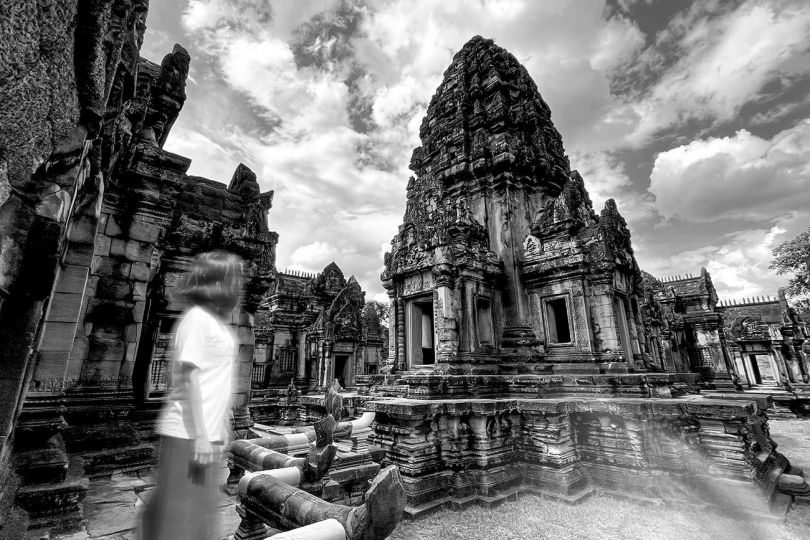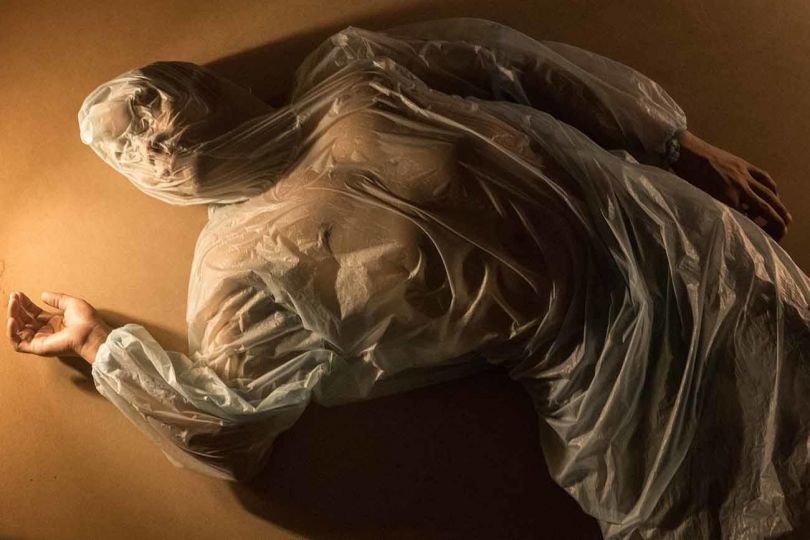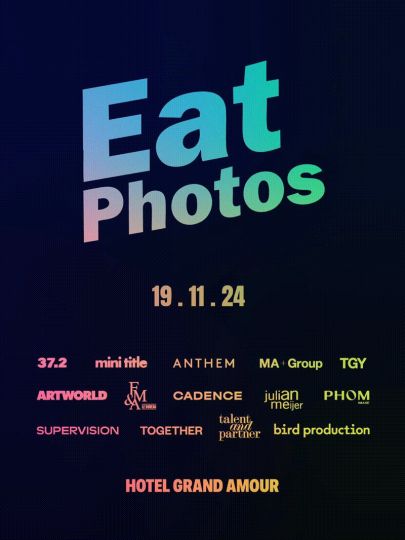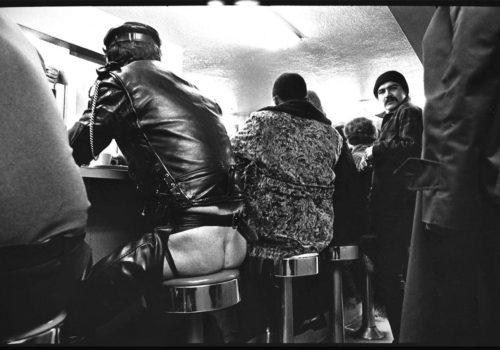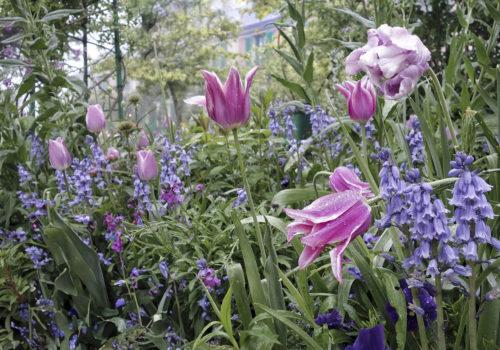Kyotographie is staged in exceptional and various locations, such as temples, Machiya (Kyoto townhouses), and Western style buildings. The festival also plans to organize unofficial, independently run exhibitions (KG+) in more than ten venues, such as a select café, galleries. Furthermore, Kyotographie will publish and sell an official catalogue of high quality.
Bunpaku / The Museum of Kyoto
Bunpaku, the Museum of Kyoto located in the center of the city, is the cultural facility that will be the heart of KYOTOGRAPHIE and will host one of the major exhibitions for each edition. The former Kyoto branch of the Bank of Japan, it now stands as the symbol of the city and is open to the public. It was built in the Meiji era, and is designated as an Important Cultural Property.
Kodaiji / Entokuin Temple
Kodaiji is a temple of the Rinzai school of Zen Buddhism in Higashiyama-ku and the largest subtemple of the Kennin-ji branch. It was established in 1606 by Nene (often known by the title Kita no Mandokoro, who had taken the name Ködai-in), the widow of Toyotomi Hideyoshi, to pray for her late husband. The principal image is a statue of Shaka. The temple possesses a number of buildings designated as Important Cultural Assets. Among these are the Main Gate and the Spirit Hall, noted for its use of maki-e. The temple is nicknamed the maki-e temple. It also holds paintings, including one by the hand of Hideyoshi, as well as textiles, and a bronze bell with an inscription giving the date of 1606. The gardens of Ködai-ji are a nationally-designated historic site and place of scenic beauty.
Hyatt Regency Kyoto
Hyatt Regency Kyoto is a stylish designer hotel located in the traditional historic area of Higashiyama Shichijo, in the heart of Kyoto. Hyatt Regency Kyoto has an established reputation as one of Kyoto’s premier meeting hotels for large corporate and international conferences and intimate gatherings, private functions and even off-site exhibitions. Designed by Super Potato, a well-known interior design firm in Japan, Hyatt Regency Kyoto offers a wide range of banquet and meeting facilities. Hyatt Regency Kyoto is close to the main city landmarks including the National Museum, Chishakuin, Sanjusangendo and Yogenin Temples.
Nijo Castle
Nijo Castle was built in 1603 as the Kyoto residence of Tokugawa Ieyasu, the first shogun of the Edo Period (1603-1867). His grandson Iemitsu completed the castle’s palace buildings 23 years later and further expanded the castle by adding a five story castle keep. After the Tokugawa Shogunate fell in 1867, Nijo Castle was used as an imperial palace for a while before being donated to the city and opened to the public as an historical site. Its palace buildings are arguably the best surviving examples of castle palace architecture of Japan’s feudal era, and the castle was designated a UNESCO world heritage site in 1994.
Onishi Seiwemon Museum
The museum highlights the Onishi family, a prominent dynasty in the history of Kyoto and Cha-do, the way of tea, since the first generation Jorin started to live in this area about 400 years ago. The museum holds kettles made by craftsmen of the 16 generations.
Institut Français Japon – Kansai
The Institut Français Japon – Kansai was inaugurated in 1936. It stands in front of Kyoto University and is a French-Japanese architectural collaboration. It was founded in 1927 on Mount Kujo – where now stands the Artists in Residence Villa Kujoyama – thanks to the friendship of Paul Claudel who was the French Ambassador for Japan and Katsutaro Inabata. It is a symbol of the special relationship between Japan and France, rooted in Kyoto for almost a century.
Toraya
By the 1600s, Toraya owner Enchu Kurokawa – considered the founding father of the present-day Toraya – had established a successful confectionery business in Kyoto. The first clearly documented reference to Toraya is a temple record from 1600. Naito Architects & Associated designed the new building for the Japanese confectioner Toraya, which has occupied this site for approximately 500 years. The structure – housing a café, a gallery, offices, and the pastry workshop – is connected by a central garden to a small storage house from the Edo Period, and covers a total of 12,000 square feet.
Iori Machiya
Iori Corporation was founded in January 2004 and introduced a new concept for Kyoto: to acquire old machiya (old town house), restore them beautifully, and rent them to visitors who can stay and experience traditional Kyoto living. Thus Iori is able to preserve old houses and prevent their irrevocable alteration or destruction, and in the process give visitors a chance to experience Kyoto in a truly unique way.
ARTZONE
ARTZONE is an art project room, an experimental space to consider how to devise structures and systems that would enable art to function as a part of society, and devise them together with artists, particularly young artists . It is not a mere gallery for conducting exhibitions – it works also as the headquarters for the organization of various projects such as musical events or talk shows.
Yuuhisai Koudoukan
Kodo-kan is located near the Imperial Palace and set in a 1600 m2 Japanese garden. This beautiful villa welcomes visitors in two historical tea rooms and a formal incense ceremony room and invites them to experience the traditional world of Japanese art and culture. During the 9th century, known as the Heian era, the land surrounding Kodo-kan originally named Okitsu-an found itself within the Imperial Palace grounds, and it is where the Nishi-no-Tsuchimikado Palace building was located. At the end of Edo period, in late 18th – 19th century, with the support of Edo government, the philosopher, Minagawa Kien established his school, Kodo-kan. It was said to be Japan’s first University where around 3,000 students completed their studies. After Minagawa Kien passed away in 1835, construction started on the building currently standing at this location. The owners undertook some renovations at that time and the final, major architectural changes took place in 1951.
京都グラフィー 国際写真フェスティバル
Kyotographie International Photography Festival
From April 13 to May 6, 2013
Kyoto, 603-8146
Japan

